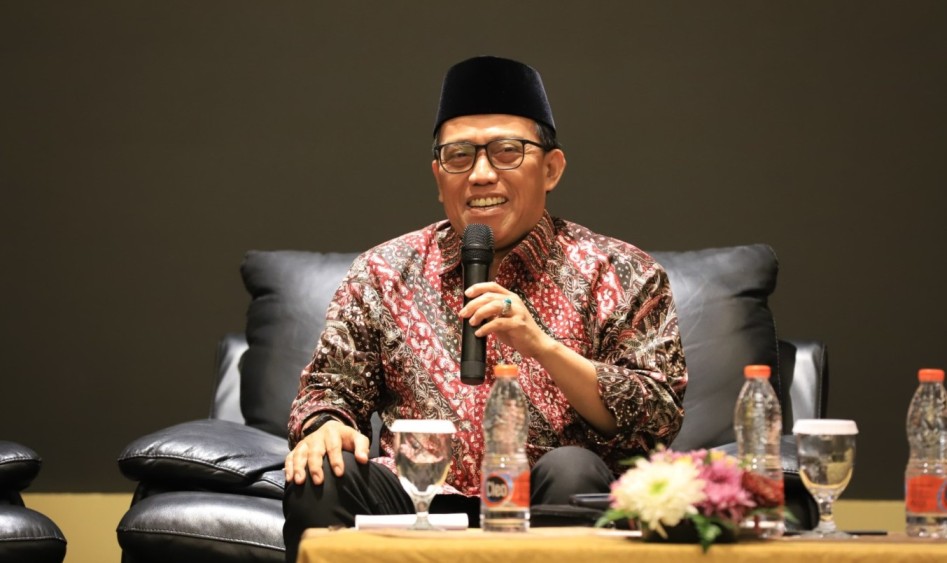Indonesia’s power plant capacity in September 2020 reaches 63.3 GW

Jakarta (Indonesia Window) – Indonesia’s power plant capacity until September 2020 reached 63.3 gigawatts (GW), or an increase of around 7.8 GW compared to 2015 which was 55.52 GW.
“The infrastructure improvement certainly increases the availability of electricity supply and reliability. Electricity is not only available in Java and big cities, but also all areas throughout Indonesia, including remote villages,” the Director of Commerce and Customer Management of the National Electricity Company (PLN), Bob Saril, said in a statement received by Indonesia Window here on Sunday.
PLN is also building substations and transmission networks.
In 2015 there were 1,499 substations with a total capacity of 92,000 megavolt amperes (MVA).
In September 2020, there were additional 662 substations with a capacity of 54,000 MVA, bringing the number to 2,161 units with a total capacity of 146,000 MVA.
Meanwhile, in 2015 the length of the new transmission network reached 41,000 circuit kilometers, then increased to 60,000 circuit kilometers in 2020 due to an additional 19,000 circuit kilometers.
In the near future, Indonesia’s National Electricity Company will also launch New PLN Mobile, which is an integrated service application for customers.
The government expected that the national electrification ratio to reach 100 percent by the end of 2020.
Currently, there are people live in at least 400 villages across the archipelagic cpuntry who have not yet enjoyed electricity.
In the first semester of 2020, the national electrification ratio reached 99.09 percent.
Reporting by Indonesia Window

.jpg)








